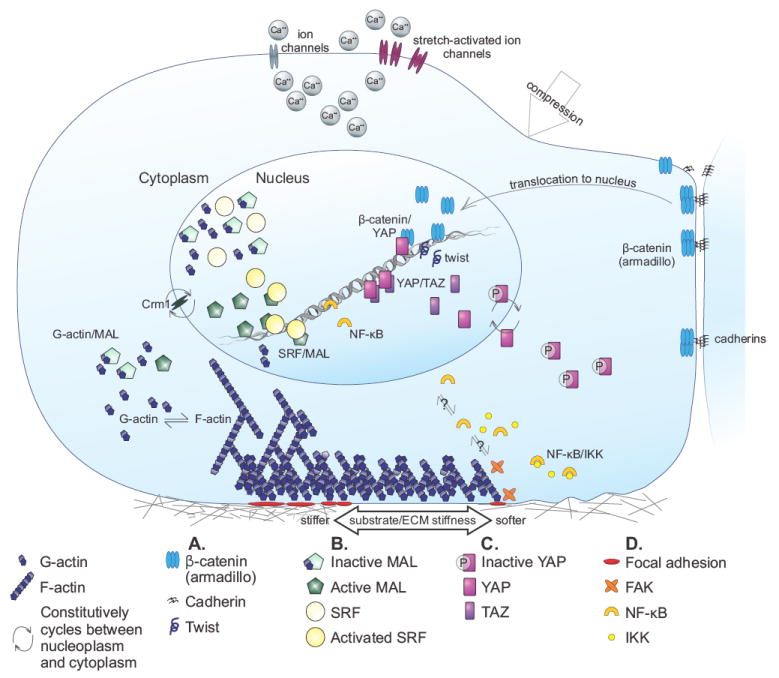Figure 2. Mechanotransduction pathways lead to transcriptional regulation.

A) Twist activation follows activation of the drosophila homolog of β-catenin, armadillo, in response to compressive force. B) Interaction with unpolymerized actin inactivates MAL. F-actin polymerization depletes the G-actin pool and removes G-actin inhibition of MAL, leaving MAL available to interact with SRF. SRF thus activated binds to DNA and induces transcription. C) Phosphorylated YAP is constitutively expelled from the nucleus. Nuclear non-phosphorylated YAP interacts with TAZ, a closely related DNA-binding coactivator, and induces transcription in a manner that is modulated by substrate stiffness. YAP also interacts with nuclear β-catenin. D) NF-κB is released from IKK-mediated inactivation in a FAK dependent manner.
